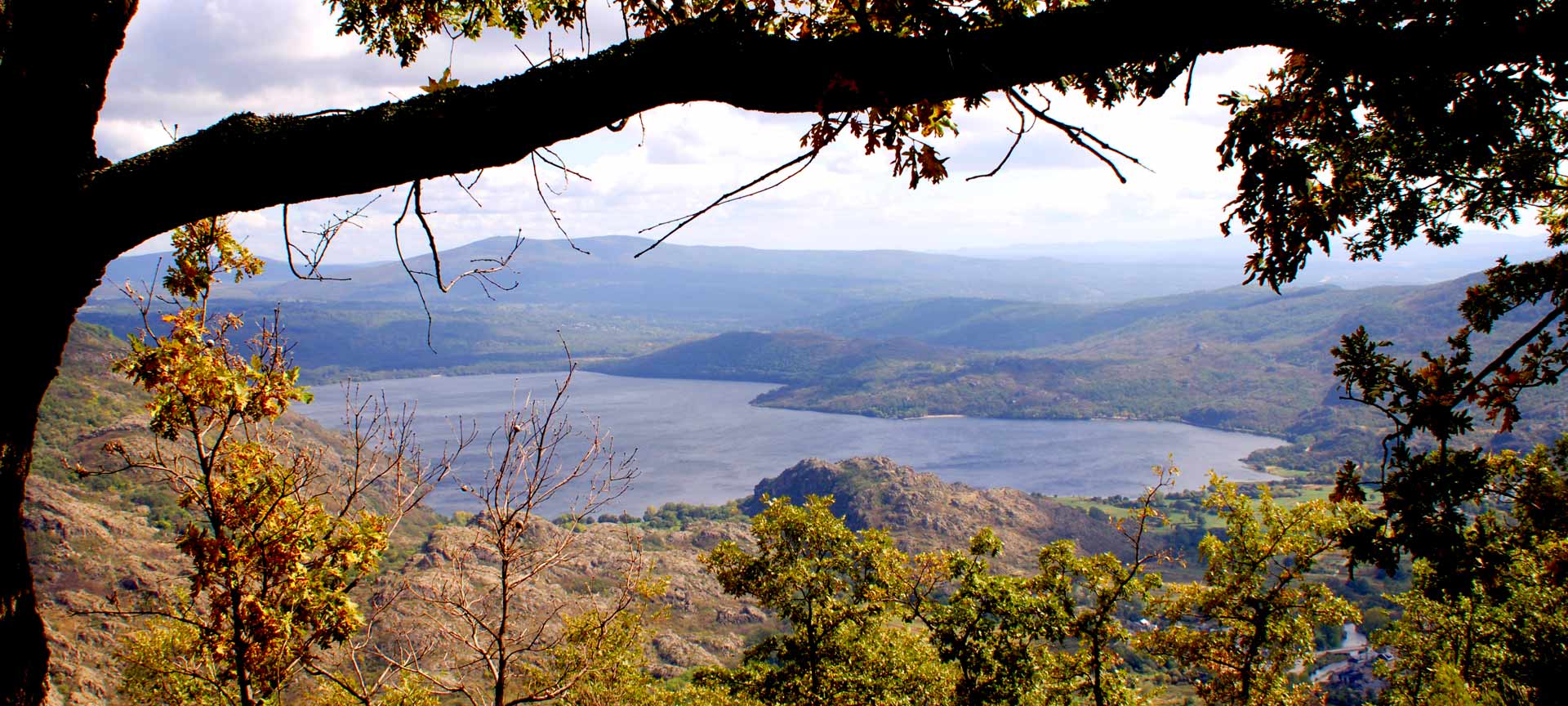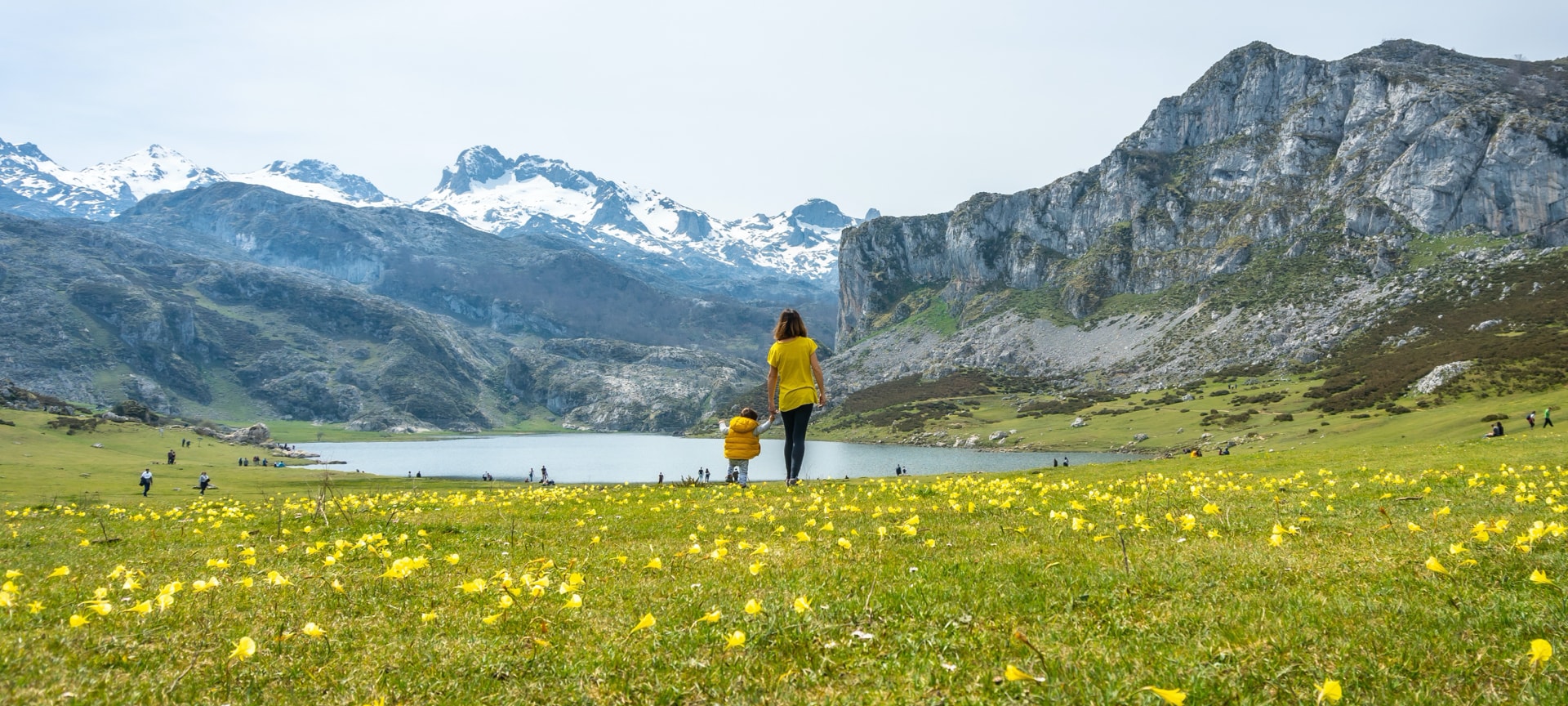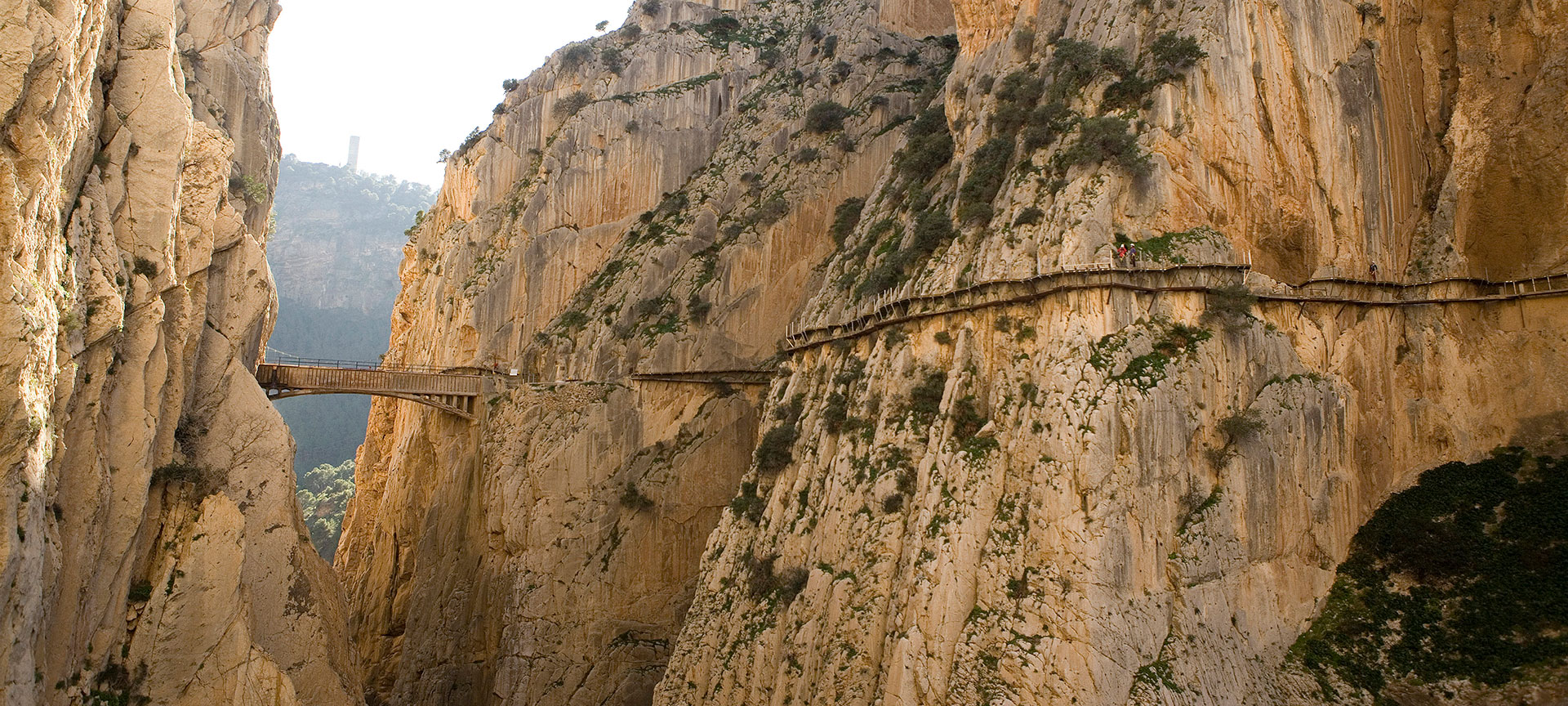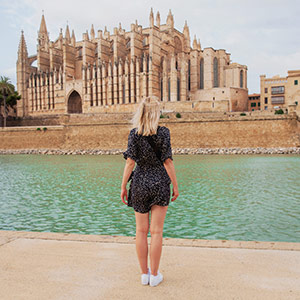
Sanabria Lake Natural Park and the Segundera and Porto mountain ranges

The great lake
The park is located in northwestern Zamora, within the natural region of Sanabria. It is a mountainous area with deep valleys, and many lagoons of glacial origin. The most important of them is Lake Sanabria.
An impressive glacier with ice tongues more than 20 kilometres long originated Lake Sanabria. Today, its 318 hectares of surface and a depth that reaches up to 51 metres make it the largest on the Iberian Peninsula. This is why the park is a magnificent place to study the action of glaciers on the ground, through numerous hiking trails. Its vegetation is mainly oak forests, although there are also alders, ashes, willows, birches, hollies, yews and chestnut trees. As for the fauna, there is a great variety of species: 76 types of birds and 17 large mammals, namely the gray partridge and the wolf.
Debe activar Javascript para poder utilizar este servicio
Sanabria Lake Natural Park and the Segundera and Porto mountain ranges
Casa del Parque Natural
Carretera ZA-104, km 4,5
49360 Rabanillo, Galende, Zamora (Castilla y Leon)
Zamora (Castilla y Leon):
- Cobreros
- Galende
- Porto
- Trefacio
Activa JS
What you need to know
-
Cultural information
Puente de Sanabria takes its name from the old 18th century bridge that crosses the Tera river. The weekly market, held every Monday (a true commercial hub for the area), means this village is an important meeting point for people in the surrounding area. The Shrine of Nuestra Señora is of particular interest, a humble shrine located on the banks of the Tera river, with a beautiful transept featuring the traditional figures of Jesus on the cross and the Virgin. The popular architecture of the villages surrounding Sanabria is very valuable and in San Martín de Castañeda there is also a monastery of Visigothic origin that has been declared a Historic-Artistic Monument.
-
Environmental information
The natural diversity of this protected area is remarkable, with more than 1,500 species. As for birdlife, the grey partridge and the red-backed shrike are important here. Apart from its lake, this area also features valleys and high peaks, reaching its highest point at Peña Trevinca (2,127 metres high), the highest in the province of Zamora.
-
Information for visits
Casa del Parque can be found near the small town of Rabanillo. It functions as an interpretation centre for the various ecosystems and the cultural and ethnographic values of the protected area and offers comprehensive information on possible routes to explore them. There is a 650 metre long trail with information about the plant species found there, which is adapted for disabled people.
Travel plans for inspiring you




